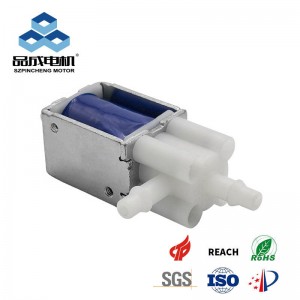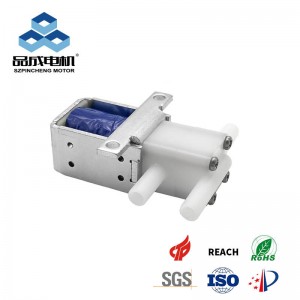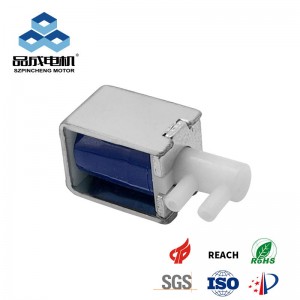Water solenoid valves are electromechanical marvels that act as "smart taps," using electromagnetic force to start, stop, or modulate water flow with pinpoint accuracy. From your coffee maker to industrial irrigation systems, these valves enable automated fluid control with zero manual intervention. Here’s a breakdown of their operation, types, and real-world impact.
Core Working Principle: Electromagnetism in Action
A water solenoid valve converts electrical energy into mechanical motion to control water flow:
-
Power On:
-
An electrical current (e.g., 12V/24V DC or 120V AC) flows through the valve’s coil, creating a magnetic field.
-
This field pulls up a plunger (ferromagnetic core) against spring pressure.
-
-
Flow Opens:
-
The plunger’s movement lifts a seal, opening the orifice and allowing water to pass.
-
-
Power Off:
-
When current stops, the magnetic field collapses.
-
The spring forces the plunger down, resealing the orifice and stopping flow instantly.
-
⚡ Key Insight: Solenoid valves respond in milliseconds (e.g., PYF1-XA valves react in <0.5 sec), making them ideal for precision tasks.
Valve Types: Matching Design to Demand
1. Direct-Acting Valves
-
How: Plunger directly opens/closes the main orifice.
-
Best For: Low-flow applications (e.g., drip irrigation, medical devices).
-
Example: Pinya’s PYF1-XB (3–12V DC, ≤0.5LPM flow).
2. Pilot-Operated Valves
-
How: Uses line pressure to assist opening; a small pilot orifice controls the main valve.
-
Best For: High-flow systems (e.g., industrial washers, HVAC).
-
Example: Pincheng’s PYF3-XEA (handles ≤80 PSI, 10LPM flow).
3. Normally Open (NO) vs. Normally Closed (NC)
-
NC (Default): Closed when unpowered (failsafe for leaks).
-
NO: Open when unpowered (e.g., emergency cooling systems).
Critical Specifications for Selection
| Parameter | Why It Matters | Industry Standard Range |
|---|---|---|
| Voltage | Matches control system (DC/AC) | 3V DC (portable) to 240V AC (industrial) |
| Pressure Rating | Max. pressure valve withstands | 10–150 PSI (e.g., PYF2-XG supports 100 PSI) |
| Orifice Size | Determines flow capacity | 0.5–25 mm (≥3mm for high flow) |
| Response Time | Speed of open/close action | 0.1–2 seconds |
| Certifications | Safety for water contact | NSF/ANSI 61, IP67 (e.g., PYF3-XF) |
Real-World Applications: Where Solenoid Valves Shine
-
Home Appliances:
Coffee makers (PYSP370-XC pumps + PYF valves), dishwashers, and ice makers. -
Medical Devices:
Dialysis machines and sterilizers (using corrosion-resistant 316L stainless steel valves). -
Agriculture:
Automated irrigation systems (e.g., 24V DC valves for solar-powered farms). -
Industrial:
Cooling loops, chemical dosing, and leak detection systems.
Why Choose Solenoid Valves Over Manual or Motorized Valves?
| Feature | Solenoid Valve | Manual Valve |
|---|---|---|
| Control Speed | Milliseconds | Seconds/minutes |
| Automation | Integrates with PLCs/IoT sensors | Human-operated |
| Durability | 200,000–1,000,000 cycles (e.g., PYF series) | Mechanical wear |
| Size | Compact (e.g., 10–100g) | Bulky |
The Future: Smarter, Efficient Valves
-
Energy-Saving Designs: Latching solenoids (e.g., PYF3-XL) use 50% less power by holding position without current.
-
IoT Integration: Sensors detect pressure drops or clogs, enabling predictive maintenance.
-
Eco-Materials: Lead-free brass and recycled plastics (meeting RoHS/REACH).
Engineer Smarter Water Systems Today
Whether optimizing a espresso machine or scaling an industrial plant, water solenoid valves deliver unmatched precision and reliability. Explore certified valves like Pincheng’s PYF series—where 500,000-cycle durability meets real-time controllability—to transform your liquid control strategy.
you like also all
Read More News
Post time: Jul-29-2025




